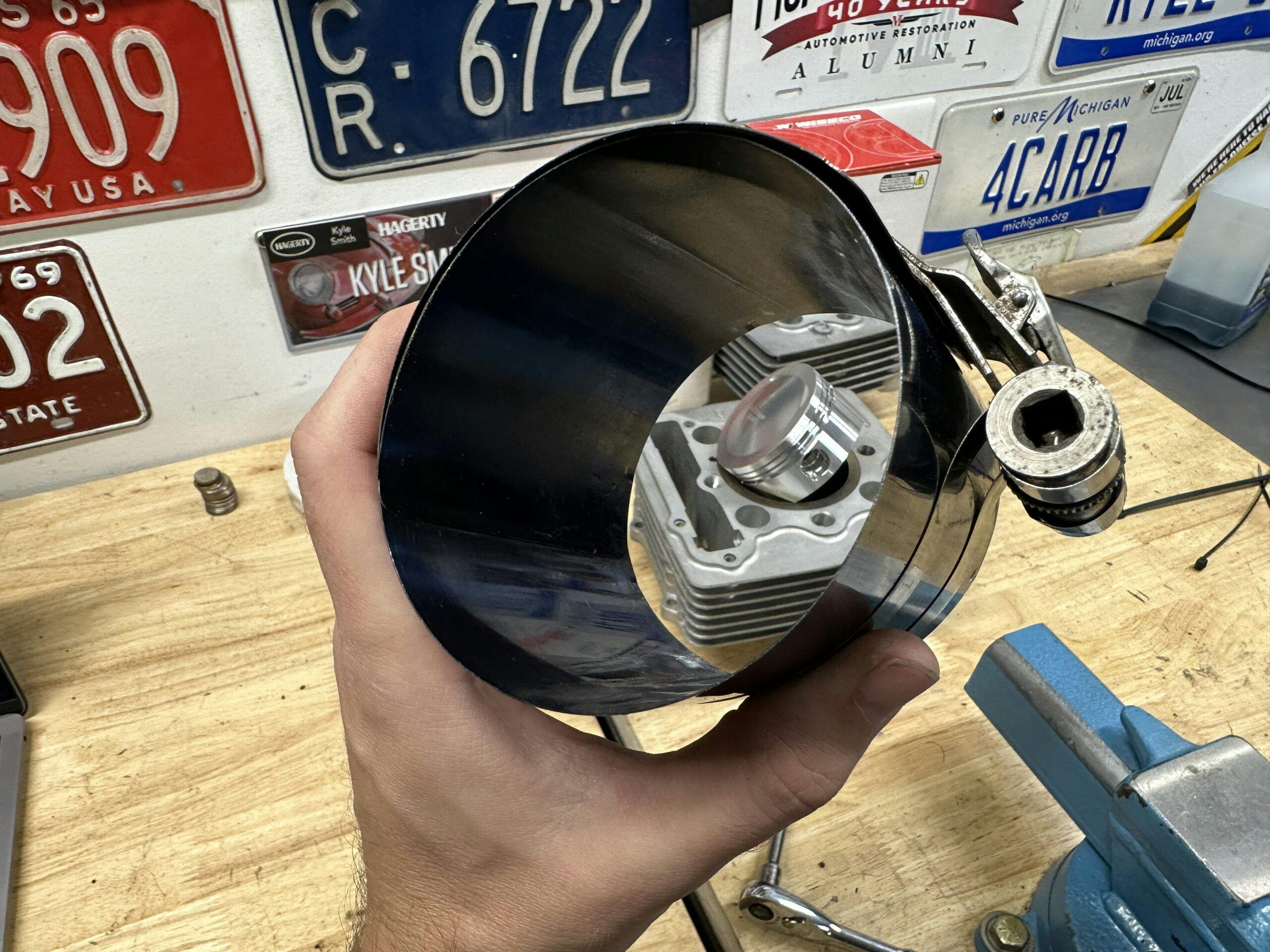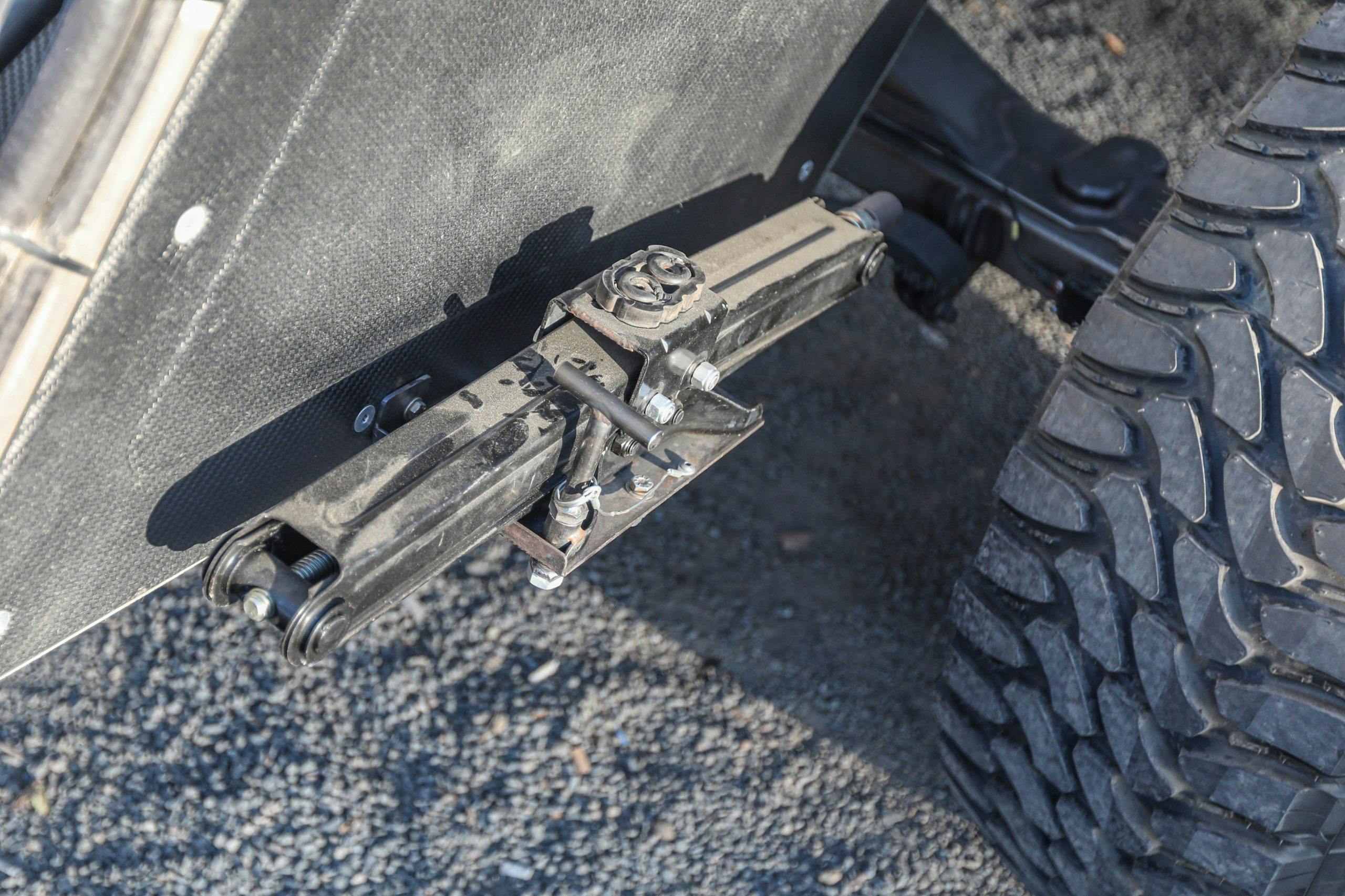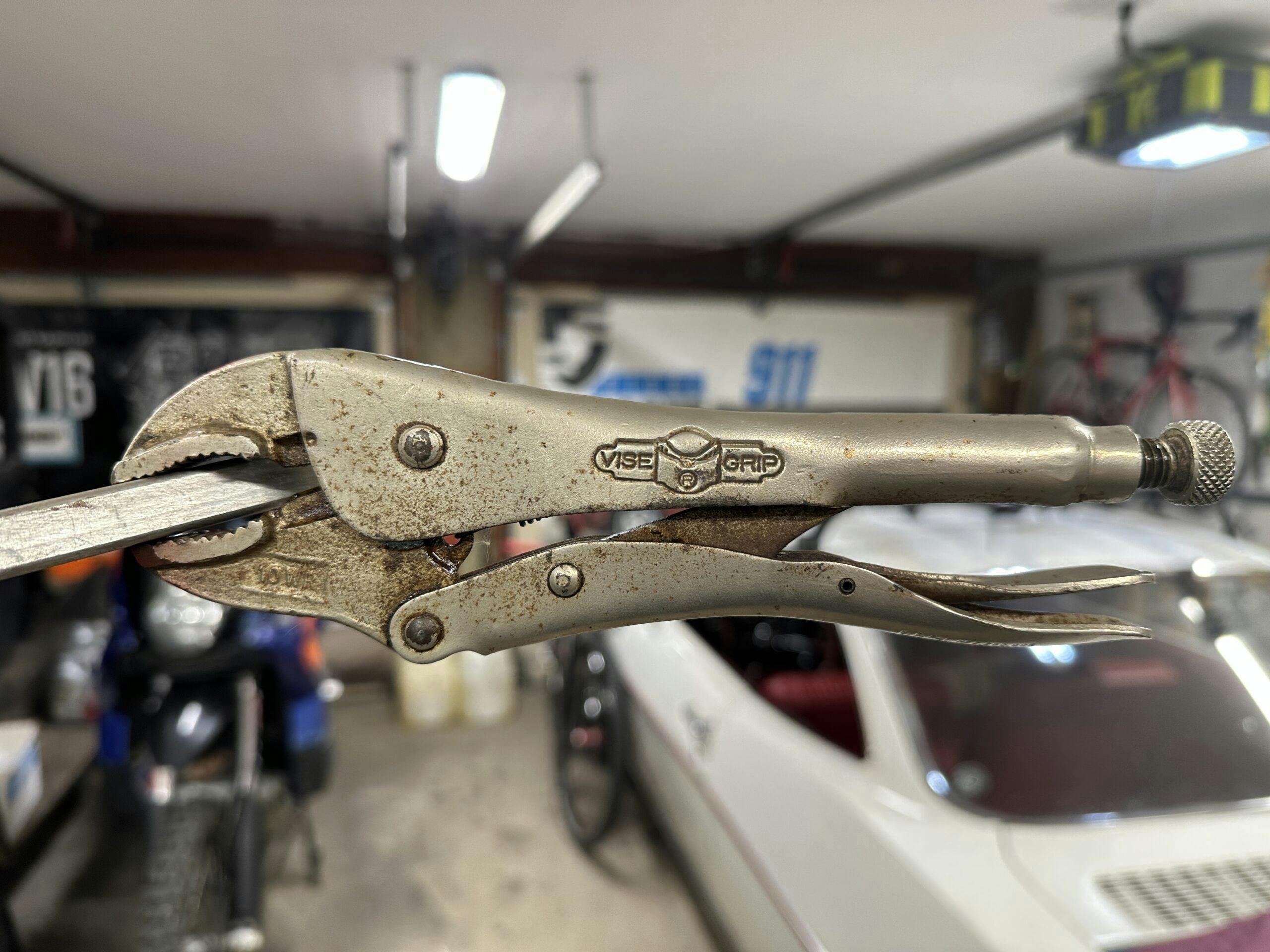Media | Articles
5 old tool designs that survive nearly unchanged

Some shapes in the automotive world are just timeless, like the grille of a 1969 Mustang. Even restomod shops leave it alone. The same goes for tools: During an evening of working in the garage, you’re likely to touch several whose designs have survived, nearly unchanged, since they were invented.
For the sake of argument, let’s exclude anything that is simply a formed piece of metal—screwdrivers, sockets, and hammers—and focus on items with some kind of mechanism. Inventors are likely the first to tell you that perfection on the first or even the second try doesn’t happen often, but these five tools got awful close.
Ratchets

The use of gears to create a one-way mechanism is old—over a century and a half. J.J. Richardson patented the idea of a ratcheting wrench in June of 1863 and, while his design appears archaic by modern standards, it relies on the same principles as the ratchets that sit in virtually every toolbox around the world.

A center gear doubles as the attachment point for the socket. That gear interacts with two smaller ones that force it to spin either clockwise or counterclockwise. The direction of a modern rachet is easy to switch, and its gears have evolved to be much finer, minimizing the rotation required to grab the next tooth, thus making the ratchet more efficient in tighter spaces.
Bench vise

If you thought of one tool when you saw this article’s headline, it was probably this. History traces the bench vise back to the 1700s, but the first modern version was made of poured cast iron in the 1830s. The casting process was rudimentary, though, and resulted in a porous finished product that had the potential to break during use. Today, the best modern vises are forged.
Piston-ring compressor

The modern four-stroke engine traces back to Nicolaus August Otto and his experiments with compressing the air and fuel inside a cylinder prior to ignition. This discovery led to more efficient engines that gave us—literally—more bang for a buck’s worth of fuel.
To contain compression and combustion, you must put a seal on the piston; to do that, you must be able to compress said piston rings to fit into the cylinder bore while you assemble it. Consider that Otto was experimenting with his designs in the 1860s, and it’s reasonable to conclude that our spring-form piston ring compressors trace to this time period. Not everyone uses these tools, but those who do know just how important they can be.
Scissor jack

As long as there have been cars, we have needed to lift them. While an incline plane (a ramp) effectively raises the car while the vehicle is on its wheels, a spiral incline plane combined with four metal arms and a base will lift a car from any point to allow you to remove wheels or other parts. That is the essential form of a scissor jack: A screw that pulls together two arms that provide lift.
The design traces back at least 100 years and it is nearly comical how little has changed from the patent drawing to the folded-metal jacks found in the trunks of so many modern cars. Jacks and spare tires might be falling by the wayside, but the simplicity of a scissor jack will stand the test of time, even if it has never passed the test of safety with flying colors.
Vise grip

The main thing we need while working is a third hand, something that can hold our workpiece together or give us a handle on something otherwise untouchable. The over-cam design for locking jaw pliers might be the youngest one on this list: 99 years have passed since inventor and blacksmith William S. Petersen penned the design that became the nearly indispensable tool we know today. The easy-release lever was added in a slight redesign by Petersen in 1957 (above).
Have a tool to add to the list? Leave a comment below telling us another tool that has stood the test of time. The history behind what we take for granted can be quite fascinating.
***
Marketplace
Buy and sell classics with confidence
Check out the Hagerty Media homepage so you don’t miss a single story, or better yet, bookmark it. To get our best stories delivered right to your inbox, subscribe to our newsletters.


















It’s a good thing that vise grips got invented in 1923. If someone invented it nowadays they wouldn’t be able to make it because the computer chips would be back ordered from China.
I didn’t see mention of the screwdriver. They are probably second or third oldest next to the hammer and bow saw. Surprisingly, status quo on performance is poor despite incredible advances in metallurgy and machining. Many people struggle with poor quality screwdriver heads that slip and strip the screws. I’ve been one of those laggards until I discovered premium screwdrivers that really are worth $20 or $30 each. A company called Vessell Tools makes my favourites, called “Megadora”, that are amazingly well machined, if a little heavy and on the large side. I thank myself every time I use them.
I’ve gotten the bent screwdrivers twice AKA divorced…
Pipe wrench, and pocket knife.
The Sears (don’t even think they were “Craftsman”) locking pliers from the 70’s were better than the originals in that the the release lever is longer than the handle you squeeze. That made them easy to release without busting knuckles even when super tight. I had a set of 3 back in the day. Still have the medium ones and they are always my first choice when I need “Vise Grips”.
Oh, I had forgot about those! That was a good design. I wonder what happened to it and why it went away.
How about pliers? Someone went through way too much trouble putting this list together. There are dozens and dozens of tools we use today that we used over 100 years ago and then some. It Seems Hagerty has been hiring some really some very young millennials who have probably never used any too made before they were born.
Why are you here declaring generational war? This was a fun article about tools. It was accurate and well researched. AND FREE.
People can be–and are–stupid at any age. Example number one: you. Maybe try being a little more positive. What are you doing to help close the skills and knowledge gap? If it all amounts to moaning and insults on the internet, maybe you are the problem…
How about the spanner(UK) wrench(US)? Been here since the 1500/1600’s.
I see ALOT of guys here sayin “hammer” (light heartedly I’d hope) but let’s keep in mind this article referred to the Automotive realm, hammer (I think) would fall under carpentry no? Just my two cents
Great article tho!!!!!
-AND the article specifically states that the author only included tools that have a mechanism. That excludes hammers, screwdrivers, wrenches etc.
Kyle, if you do a part 2 to this article, check out the Hi-Lift jack.
If it can’t be fixed with a hammer and screwdriver it can’t be fixed.
If it ain’t broke…
Bucket, shovel, reaper death has used it for centuries now the Amish still use it.
Ratchets have really evolved, but my favorite feature is the flex head. I have two flex head ratchets, as shorty and an extra long one. I start with the long and change to the short for faster use in tight spaces. I almost never use the standard ratchet, I need the extra torque of the long handle. Flex sockets are really nice too.
Old tools that are valuable nowadays:
Metric Cresent wrench & left handed monkey wrench.
Interesting article but, in my more than 60 years of working with pistons I have never compressed one.
Piston rings, yes.
“….you must be able to compress said piston while you assemble it.”
Interesting thought though.
Nit-picky, but a fair and deserved one. I’ve updated the copy. Thanks James.
Did not see a crescent wrench mentioned